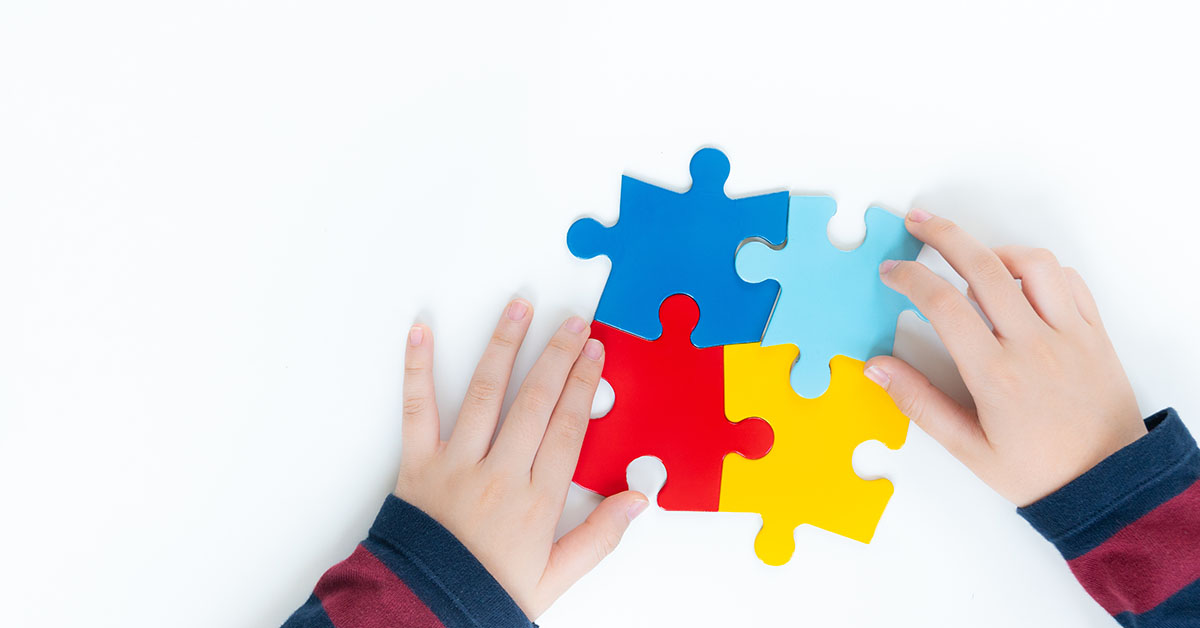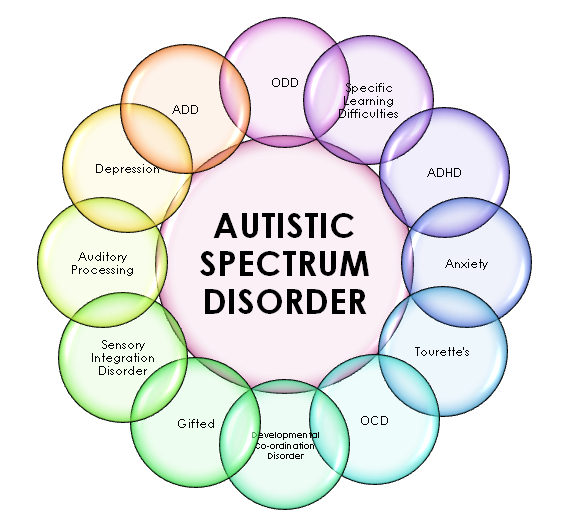Exploring Autism: Approaches for Reliable Interaction and Communication
Reliable interaction and interaction with individuals on the autism spectrum necessitate a comprehensive understanding of their one-of-a-kind demands and preferences. Techniques such as utilizing clear language, utilizing visual assistances, and cultivating constant routines can substantially improve engagement and lower anxiety. Furthermore, identifying the significance of non-verbal cues and shared interests paves the way for meaningful links. However, the details of these techniques reveal more factors to consider that merit exploration, particularly in how they can be adapted to varied contexts and private experiences. What might these adaptations appear like in practice?
Comprehending Autism Range Disorder
Autism Spectrum Problem (ASD) encompasses a range of neurodevelopmental problems defined by difficulties in social interaction, communication, and recurring behaviors. The term "spectrum" mirrors the diverse symptoms and differing levels of extent experienced by people with ASD. While some may display significant impairments, others may show high-functioning qualities, permitting for greater self-reliance in daily life.
The start of ASD usually occurs in very early youth, with signs usually identifiable by age 2. Early indications may include postponed speech advancement, limited eye get in touch with, and troubles in comprehending social hints. Although the precise etiology of ASD stays unclear, study recommends a combination of genetic and ecological variables plays a vital duty in its growth.
As a result, treatments and assistance customized to private demands are necessary for fostering communication and social skills. Identifying the complexity of ASD is crucial for advertising awareness, acceptance, and reliable approaches that help with purposeful communications with people on the spectrum.

Value of Clear Communication
Efficient interaction is vital for cultivating understanding and connection, especially for individuals with Autism Spectrum Condition (ASD) Clear communication not only helps with social interactions yet additionally enhances the person's ability to share their feelings, requirements, and ideas. For individuals with ASD, the nuances of language can commonly be challenging; for that reason, using uncomplicated and unambiguous language is vital.
In addition, clear communication helps decrease stress and stress and anxiety that may arise from misunderstandings. When messages are communicated in a regular and direct fashion, individuals with ASD are much better equipped to translate information precisely, which can significantly improve their social involvement and involvement in numerous settings.
Establishing regimens and utilizing aesthetic supports can even more boost clear communication. These strategies supply people with predictable frameworks that help understanding and retention of details. Furthermore, actively paying attention and being patient throughout communications advertises a supportive atmosphere where people with ASD really feel valued and recognized.
Eventually, focusing on clear communication not just encourages individuals with ASD however also promotes more significant connections with their peers, caregivers, and the larger area, leading the way for collaborative relationships and comprehensive communications. - autism
Non-Verbal Interaction Methods
Interaction prolongs beyond words, and for individuals with Autism Range Problem (ASD), non-verbal signs play a significant duty in communications. Non-verbal communication techniques can include face expressions, motions, body language, and eye contact, all of which work as vital components for conveying feelings and intentions.
Recognizing and analyzing these non-verbal signals can improve interactions with individuals with ASD. A warm smile or open position can create an inviting ambience, motivating involvement. In a similar way, making use of aesthetic help-- such as photo cards or icons-- can link interaction gaps and assist share messages better.
It is also vital to be conscious of individual space, as people with ASD might have various convenience levels pertaining to distance. Observing their responses to physical closeness can educate proper modifications.

Producing Helpful Atmospheres
Producing a supportive setting is vital for fostering favorable interactions and boosting the wellness of people with Autism Range Disorder (ASD) Such settings can considerably reduce anxiousness and create a feeling of safety, permitting individuals to share themselves much more openly.
To accomplish this, it is important to consider sensory level of sensitivities that individuals with ASD might experience. Modifying the physical room to include soft lighting, very little background noise, and comfy seats can develop a calming ambience. Additionally, utilizing regular routines and clear visual routines can aid individuals expect transitions and minimize unpredictability, further promoting convenience.
Social spaces should be structured to minimize frustrating stimuli while offering chances for involvement in preferred tasks. Helping with locations marked for quiet time can likewise offer as a sanctuary during moments of stress. Importantly, integrating elements of choice equips people, permitting them to work out agency in their environment.

Motivating Social Interactions
Cultivating social interactions amongst individuals with Autism Range Problem (ASD) needs willful techniques that focus on comfort and interaction. Developing predictable routines can help in reducing stress and anxiety, making social setups much more friendly. Developing structured atmospheres with defined obligations and duties permits individuals to engage without the frustrating pressure of disorganized social dynamics.
Integrating passions and toughness right into social activities can serve as a driver for communication. For instance, arranging team tasks around shared hobbies or topics of attraction can assist in natural discussions and connections. Additionally, using aesthetic supports, such as photographic timetables or social manuscripts, can assist in recognizing social signs and assumptions.
Designing ideal social actions is vital - autism. Grownups and peers must show reliable interaction Clicking Here techniques, including energetic listening and turn-taking. Role-playing circumstances can likewise supply a secure area for individuals to practice these skills
Last but not least, cultivating peer partnerships through inclusive practices is important. Urging comprehensive playdates or team getaways can produce opportunities for socialization in a comfy this article setup. By carrying out these instructors, caregivers and approaches can significantly improve social interactions for people with ASD, promoting their general social advancement and well-being.
Conclusion
In final thought, efficient communication and communication techniques are necessary for supporting people with Autism Spectrum Condition. Emphasizing clear language, incorporating non-verbal signs, and establishing foreseeable routines substantially enhance interaction and lower stress and anxiety. Developing supportive settings fosters secure social interactions, while motivating shared interests helps with significant connections. Eventually, these strategies encourage individuals with autism to browse social landscapes, promoting their total wellness and making it possible for the growth of lasting relationships.
Effective interaction and interaction with individuals on the autism range demand a comprehensive understanding of their distinct requirements and preferences. Clear interaction not only helps with social communications yet also improves the person's capacity to share their emotions, thoughts, and requirements.Cultivating social interactions among individuals with Autism Spectrum Condition (ASD) calls for deliberate methods that focus on convenience and involvement. By implementing these caregivers, instructors and methods can dramatically boost social communications for people with ASD, promoting their total social advancement and well-being.
In final thought, effective interaction and interaction reference methods are essential for sustaining individuals with Autism Range Disorder.
Comments on “The Role of Education in Supporting Students with Autism: Best Practices”